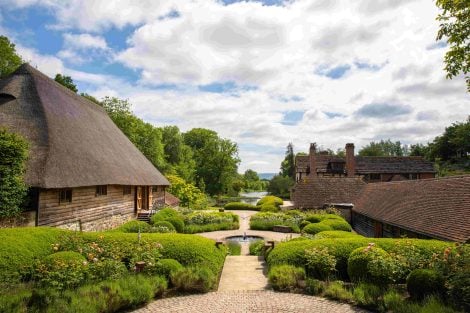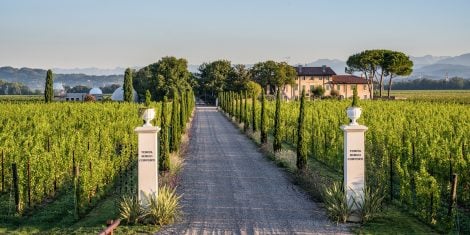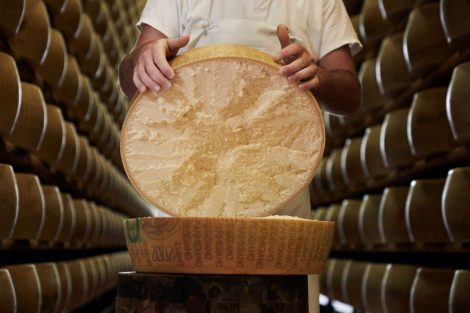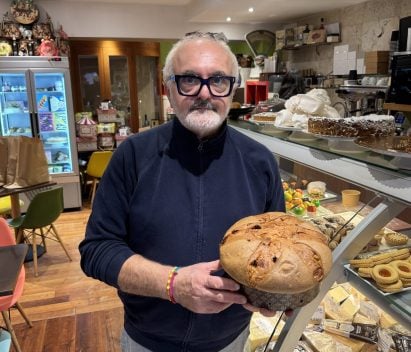Malvasia is a borderless grape, but on the Aeolian Islands, quality must be achieved with what little is available, as the entire vineyard area doesn’t exceed 115 hectares. Malvasia Senza Confini (Malvasia Without Borders) is the name of the two-day inter-institutional event promoted by the Messina Chamber of Commerce and the Mirabilia network, in collaboration with AIS Sicilia. At the heart of the discussions is the future of the queen grape of the Aeolian archipelago – Malvasia di Lipari – a variety that has defined the wine history of these territories with its passito, and which, for the past twenty years, has been reshaping its path through the dry version.
It seems somewhat paradoxical that such a nomadic grape – with nearly twenty varieties found in Italy alone – is so scarce among the “seven sisters” north of Messina: 115 hectares of vineyard, around eighty of which are on the island of Salina alone, producing roughly 400 hectolitres. Yet it is precisely on this small volcanic outcrop that one of Sicily’s first DOCs was born: Malvasia delle Lipari DOC, in 1973. Over fifty years later, there is a desire to rethink it, to adapt it to the changing climate and current tastes (there’s even talk of a potential DOC Eolie), without forgetting a centuries-old history that once made the islanders – before phylloxera – wealthy seafaring merchants. In the meantime, efforts are also being made to enhance the value of the dry version.
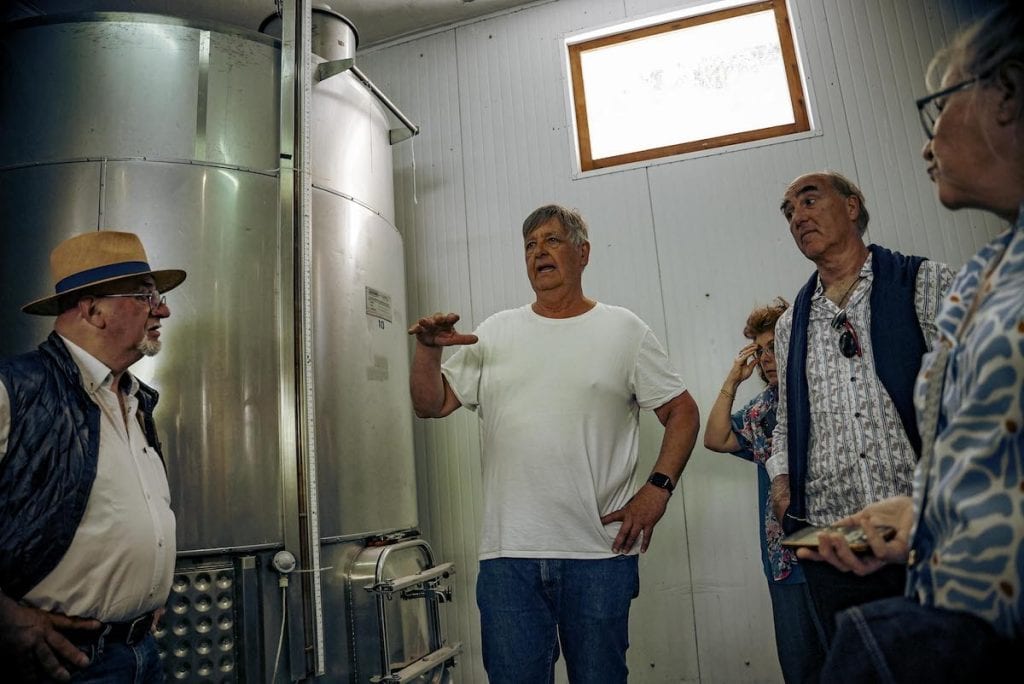
Carlo Hauner in the winery
Working towards the Salina DOC
Identifying which Salina producer was the first to label a dry Malvasia is something of a local sport. Nino Caravaglio of the eponymous Malfa-based winery claims the title with his Infatata, launched in 2010. The Virgona winery counters with a wine dating back to 2006, although it wasn’t made with 100% Malvasia. Salvatore d’Amico, who operates in the municipality of Leni – still on Salina, which has three municipalities – states he bottled a dry wine between 2005 and 2006, using a batch of grapes not suitable for producing passito.
Regardless of who was first, the fact is that for around twenty years, the dry version of the island’s most famous passito has been driving the wine economy of the Aeolians. So much so that the consortium of producers – around a dozen, with broader impact thanks to the erga omnes principle – are working to eliminate the Salina IGT and replace it with a Salina DOC, thus recognising the prestige and protection due to dry still wines, particularly whites (Salina IGT also includes reds and rosés).
The bet on Dry Malvasia
The project is also supported by the Messina Chamber of Commerce through the registered brands Malvasia Senza Confini and MEdoc, which refers to the three Sicilian denominations Malvasia, Mamertino, and Faro. Chamber president Ivo Blandina explains: “We are convinced that wines from these areas are a perfect driver to promote wine tourism and especially to extend the tourist season. The substantial changes are those resulting from the producers’ ability to continuously improve quality and diversify their offerings. At a time when sweet wines have lost appeal in many parts of the world, the Aeolian producers have chosen to vinify a dry Malvasia.”
With the Salina DOC, the aim is to target other markets, especially abroad. The role of institutions is to promote not just the grape variety, but everything around it: the skill of the producers, the territory, tourist hospitality, combined with gastronomic excellence. Over the next year, work will be done to determine whether to include dry Malvasia in the existing DOC – by expanding it – or to create a second DOC: Salina DOC. This will be discussed on 20 September at a dedicated conference, while the task of revising the production rules will be entrusted to Carlo Panont, who has previously worked on the DOC Sicilia and DOC Etna.
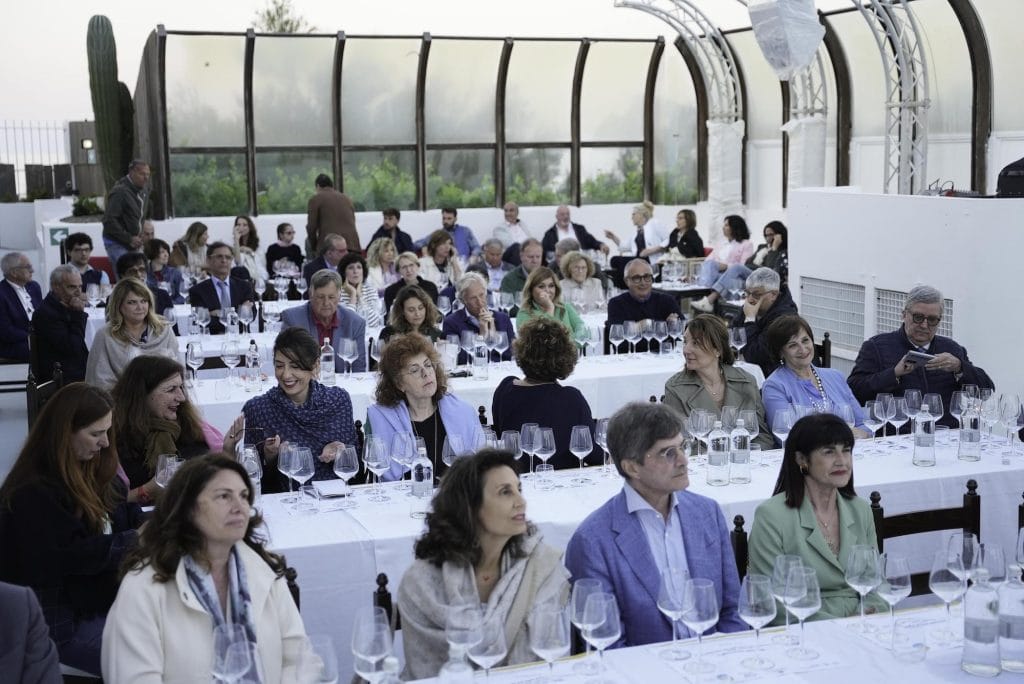
Tasting of Dry Malvasia delle Lipari
Changes to the production rules
Of course, simply changing the designation is not enough. The production regulations must be revised to reflect the current state of viticulture on the islands. Yields come first: Salina and the other islands are no longer terroirs of large volumes (in the 1800s, production reached about 10,000 hectolitres; today, it is just 400). These are naturally organic wine areas, where the ecosystem is made more complex by other crops – first and foremost, capers – and, on the island of Salina, by the significant presence of the forests on Monte Fossa delle Felci and Monte dei Porri.
“At a time when wine consumption is declining, it makes no sense – as the current production rules stipulate – to set a yield of 160 quintals per hectare,” says Carlo Hauner, vice-president of the consortium, who points out that these yields are entirely unnatural, especially in light of difficult vintages like 2023, when downy mildew decimated nearly the entire harvest. “No one on the island produces that much,” continues the winemaker, “and it makes no sense to allow 15% of grapes to be sourced from outside the archipelago to make IGT wines.”
Another element set to be scrapped is the fortified Malvasia – a wine provided for since 1973, but never produced by any of the wineries, as Calogero Marino of Virgona notes: “What would be the point of debasing, by adding alcohol, a wine that possesses innate elegance? You can tell right from the vine: our Malvasia is a delicate grape, with loose bunches.”
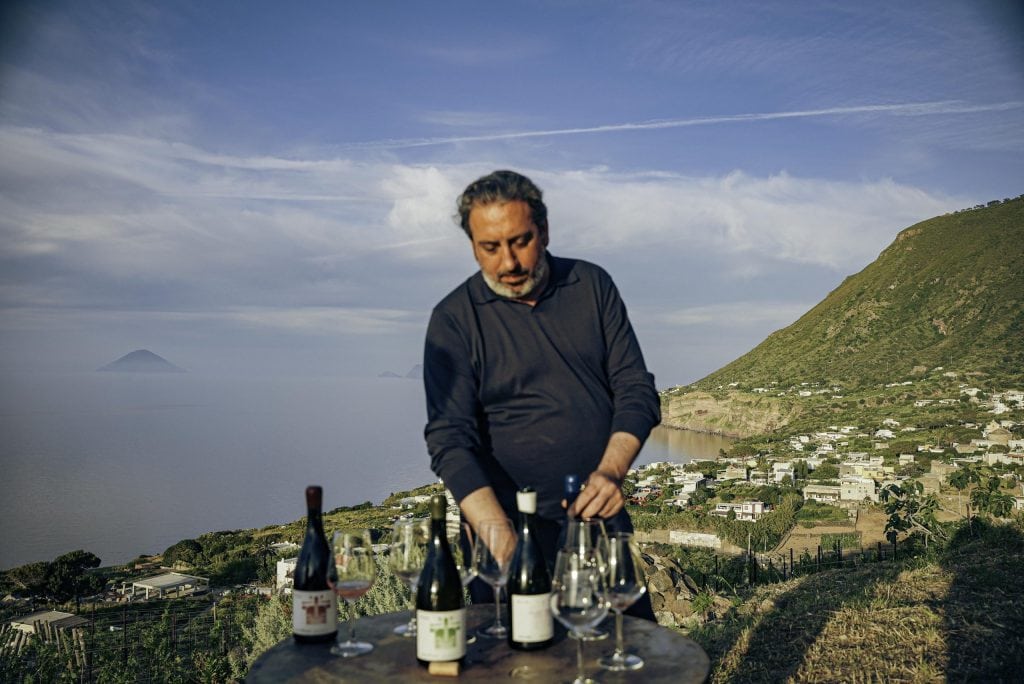
Luca Caruso - Eolia winery
The return to mountain viticulture
Luca Caruso and Natascia Santandrea, owners of Eolia – the latest winery to emerge on Salina – have never even produced passito Malvasia. Their range consists of dry white and red wines, currently all labelled as IGT. Naturally, they support the creation of a Salina DOC: “I don’t rule out that one day we’ll make a passito,” explains Caruso, “but for now, out of respect for those who have always made excellent sweet wines, we want to wait and focus on dry wines – particularly dry Malvasia crus – by zoning soils and microclimates, understanding the volcanic layers, as well as the clay-limestone ones found in Salina. We’re also planting vineyards at 500 metres of elevation to bring back the ‘mountain viticulture’ once typical of the island.”

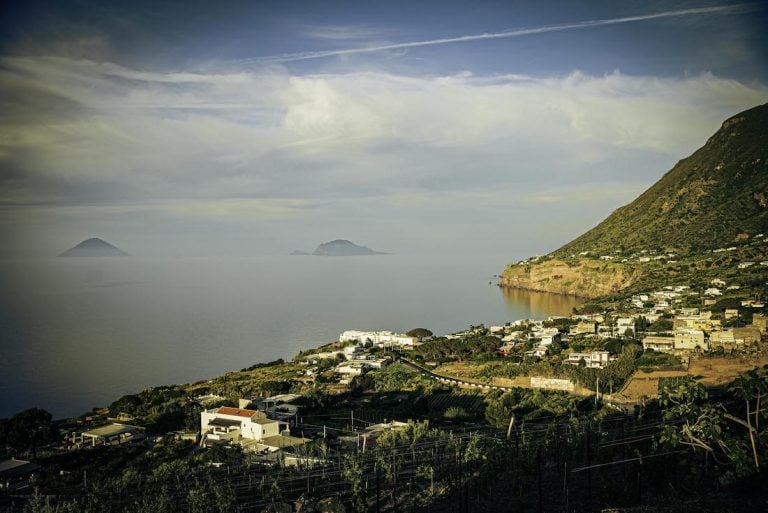
 Io Saturnalia! How to celebrate the festive season like an Ancient Roman
Io Saturnalia! How to celebrate the festive season like an Ancient Roman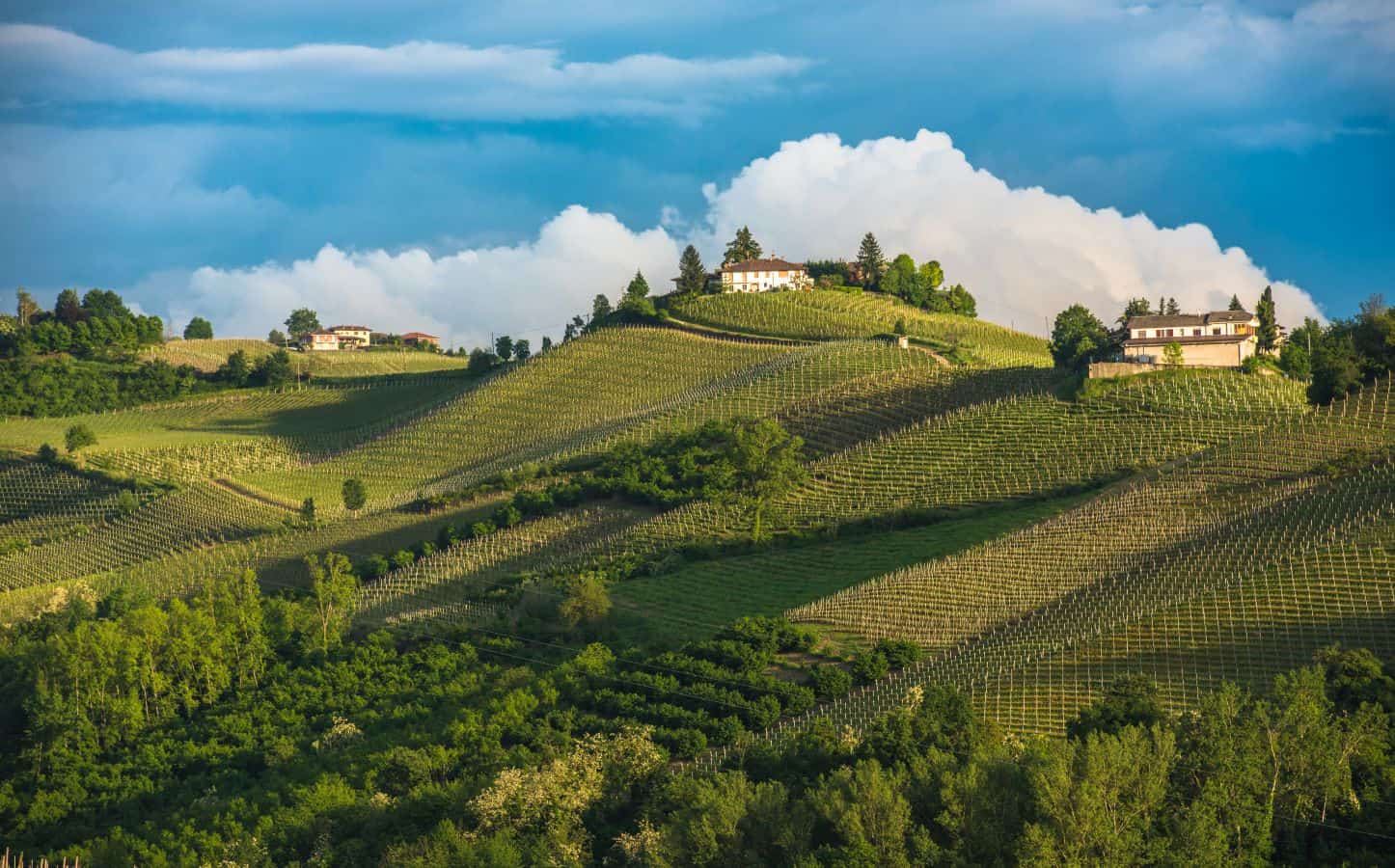 The UNESCO effect: tourism is growing, but there is a risk of losing identity
The UNESCO effect: tourism is growing, but there is a risk of losing identity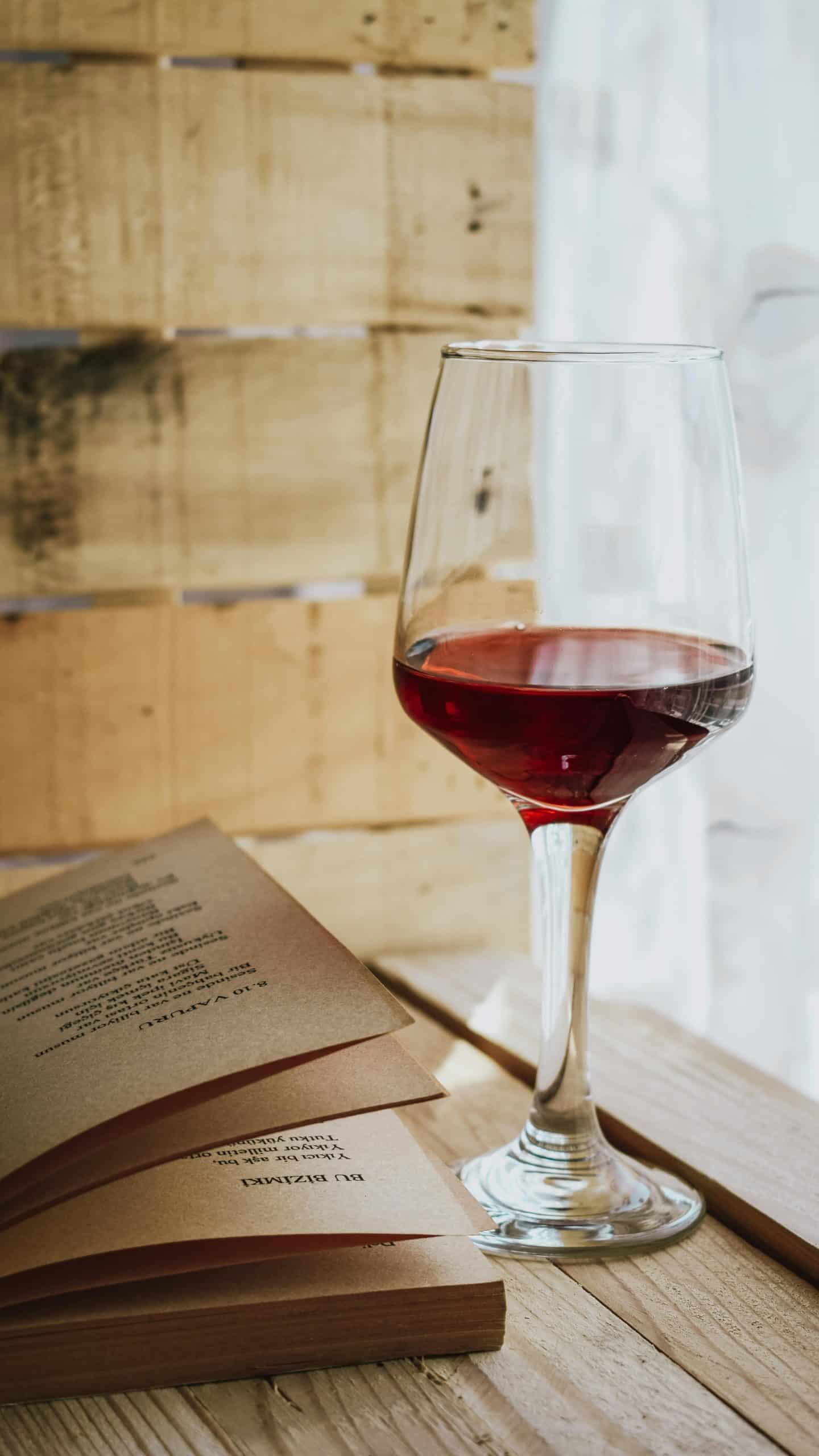 The perfect pairing? Wine and books
The perfect pairing? Wine and books 2025 was the year of Trump's tariffs – will 2026 be better for Italian wine in the US?
2025 was the year of Trump's tariffs – will 2026 be better for Italian wine in the US?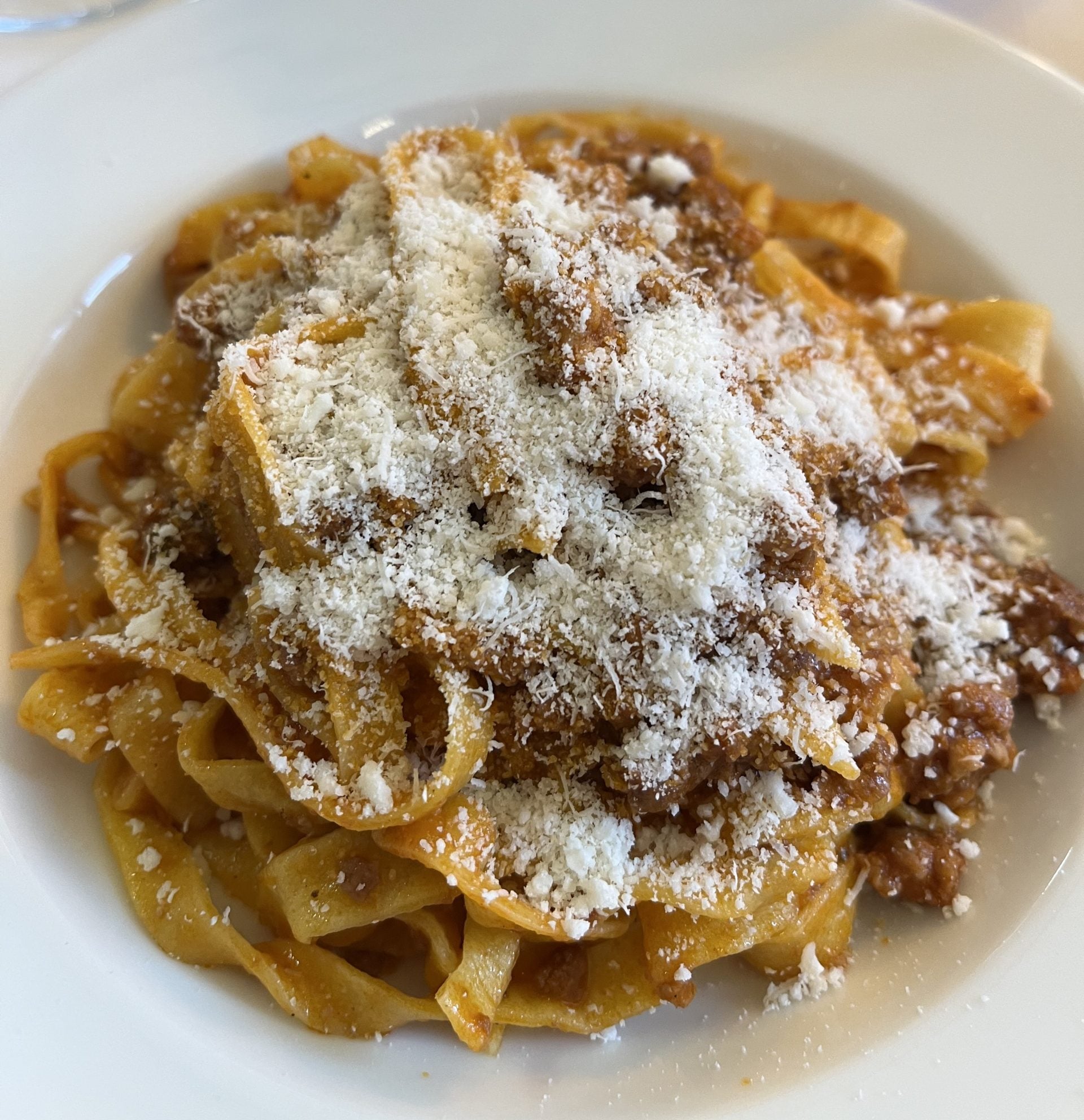 Italian cuisine recognised by UNESCO
Italian cuisine recognised by UNESCO